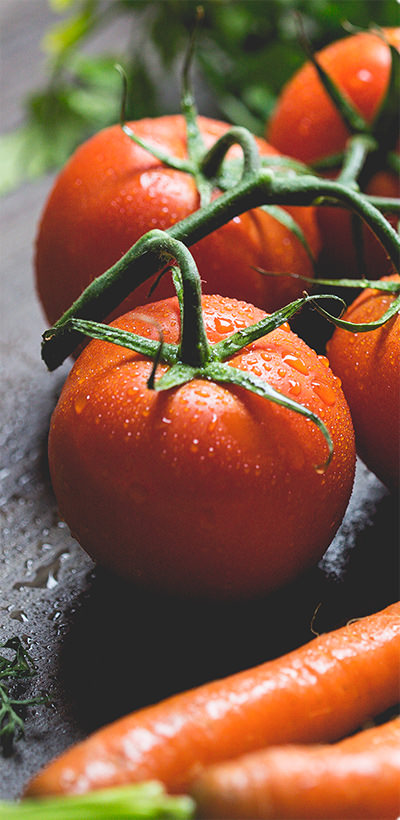Ruby Watermelon
Red seedless with crisp flesh. This hybrid produces superb tasting seedless sweet crisp, deep red 10-14 lb melons on vigorous vines. Ruby, like all seedless varieties, needs a pollinator seed which we include with your order. Maturity of approximately 80 days after transplant. Approx. 5 seeds/pkg plus pollinator seed.
Scroll down for more details and growing information.

Details
Growing Information
Planting:
Start seed indoors, 4 weeks prior to the last frost date. Sow seeds 0.5” deep in cells or pots 2.25” big. Keep soil warm, at least 21°c. Plants grow best when temperatures are 24-28°c. Keep soil moist until germination occurs and then let dry between waterings but not to the point of wilt. Seeds will germinate in 7-10 days. If flowers appear before transplanting, carefully remove them.
Growing:
Transplant outdoors after threat of frost has passed in full sun location, 8-10+ hours of light, in rows 4-6’ apart with 36” between plants. Soil pH should be 6.0-7.0. Melons are heavy feeders requiring a balanced fertilizer and consistent soil moisture. When using a pelleted fertilizer, make an application once before transplanting and again 6 weeks later. If using a seasonal or synthetic mulch, 1-3 more applications of water-soluble fertilizer may be needed before harvest. Follow all fertilizer label rates and applications.
The use of seasonal, bio mulch or synthetic, textile mulch, is recommended as it greatly increases plant vigour and days to maturity (by retaining moisture and heat), and keeps weed pressure low.
Pollinator varieties are included with seedless varieties, and they are needed so fruit does not form seed or very few. A ratio of 3:1, seedless to seeded, is required.
Harvest:
All melons – Days to maturity from transplant is very important. In some cases. Waiting a day or two after this date will guarantee ripe fruit.
Muskmelons (Cantaloupe, Galia) - When the melon easily slips off the stem and skin colour goes through a major colour shift. Fruit can quickly over mature and do not hold on the vine as long as watermelons so be sure to check once or twice daily.
Watermelon - Tendril located between fruit attachment and main stem has turned completely brown and is fully dry. There should be a yellow spot where fruit sits on soil. This spot can be monitored very carefully, throughout the season. The spot will grow larger and become dark yellow/light orange when close to maturity.
Pests:
Monitor for Cucumber beetles during plant establishment and flower formation. Also, watch for leaf spots and mildew. Use of full fence enclosure or short electric fence may be needed if problems persist with racoons.
Companions:
Beans, Carrots, Corn, Onion, Radish.



